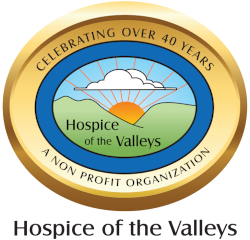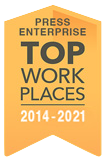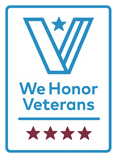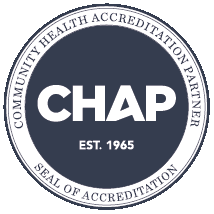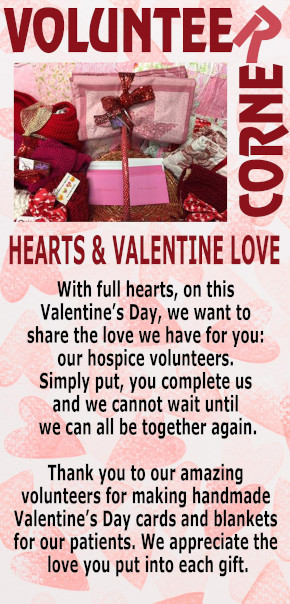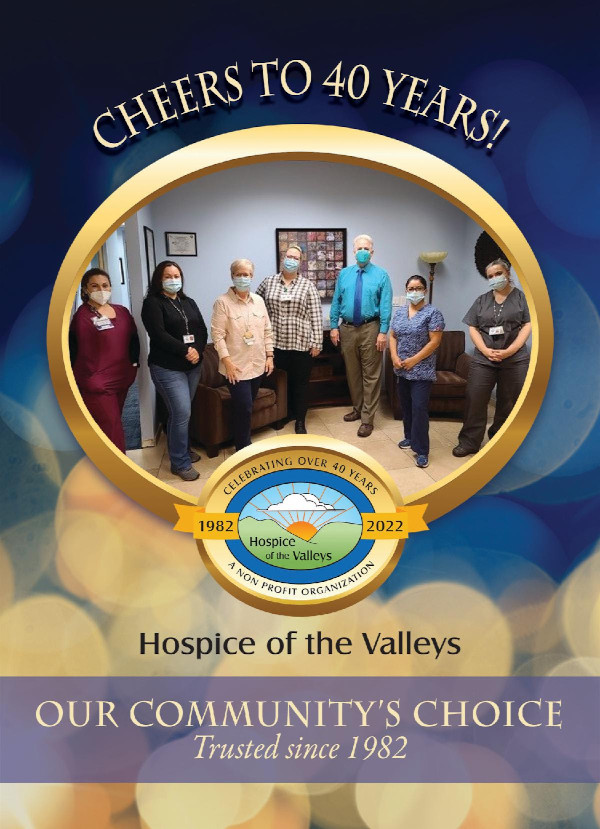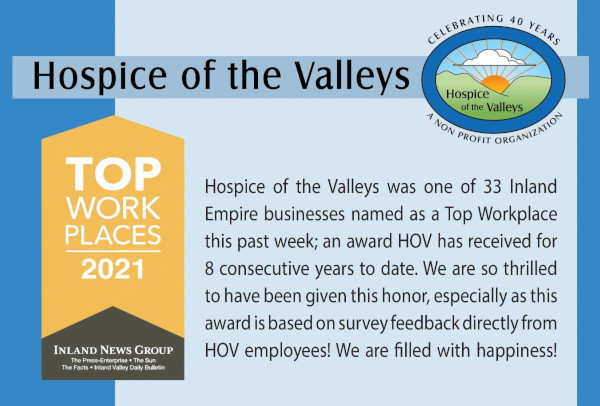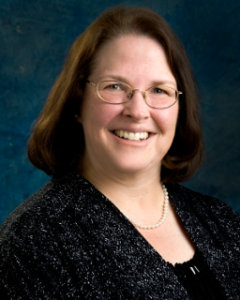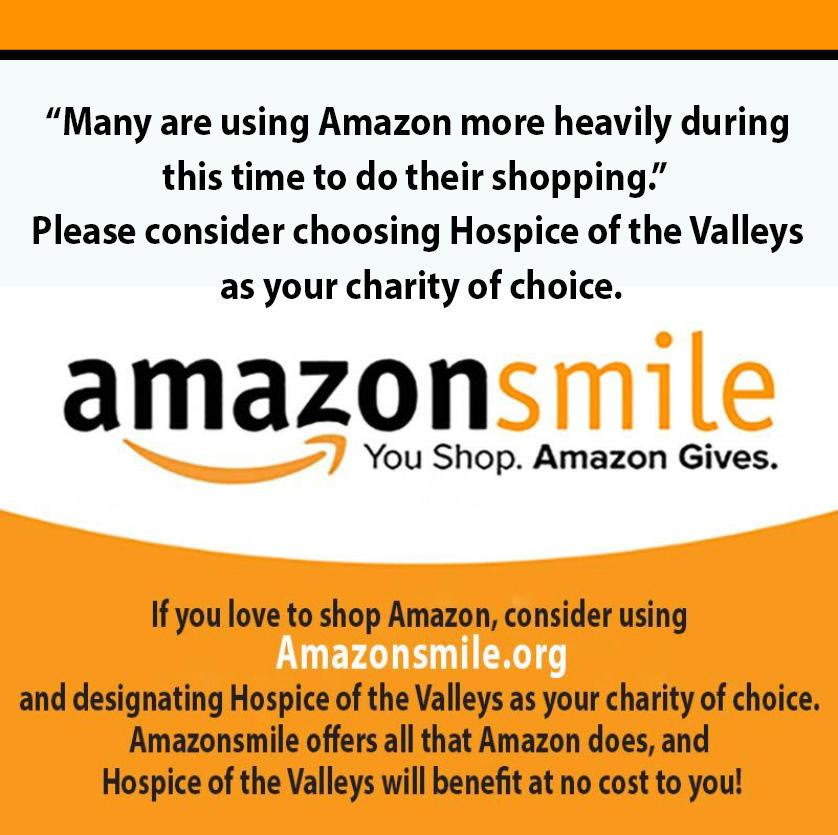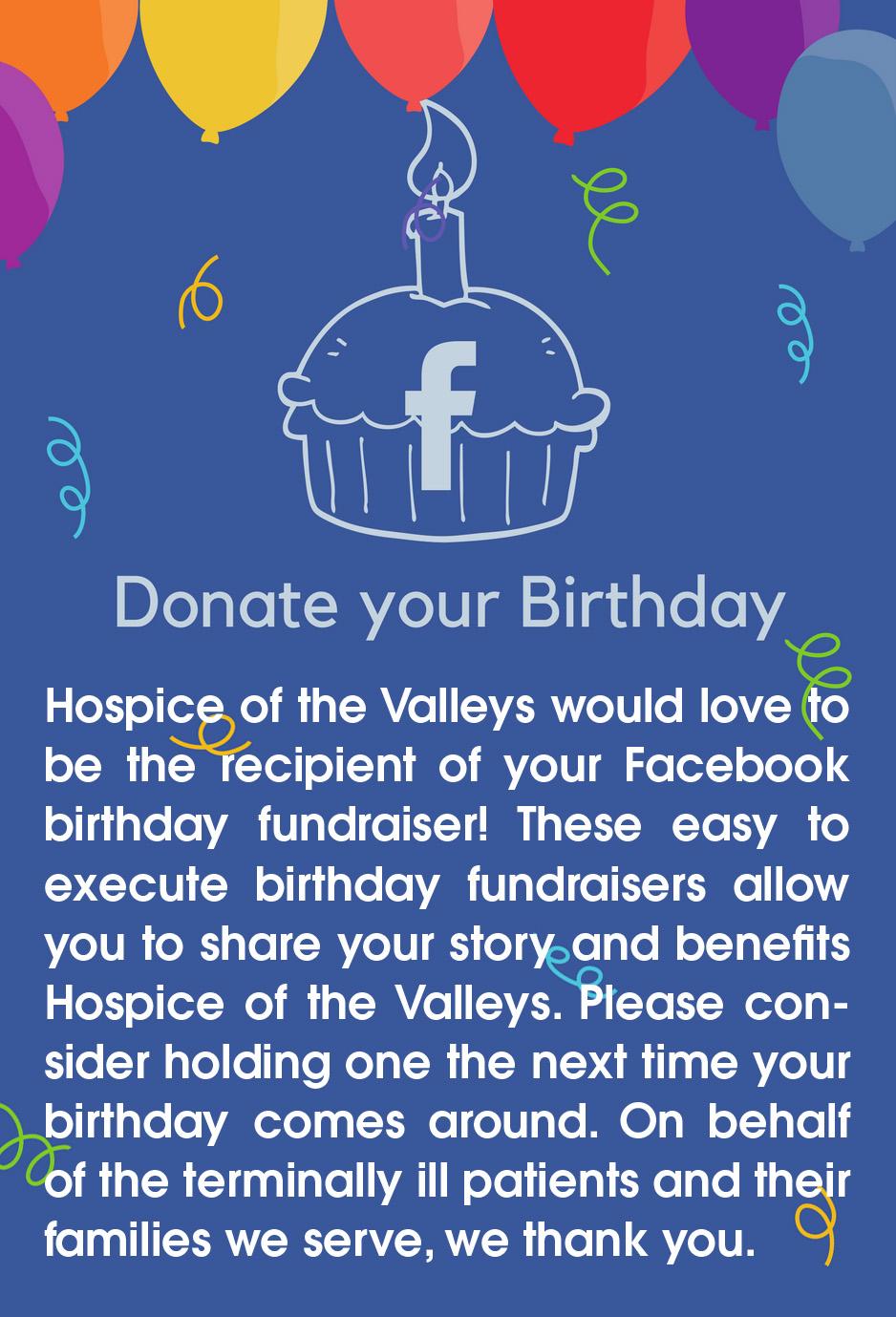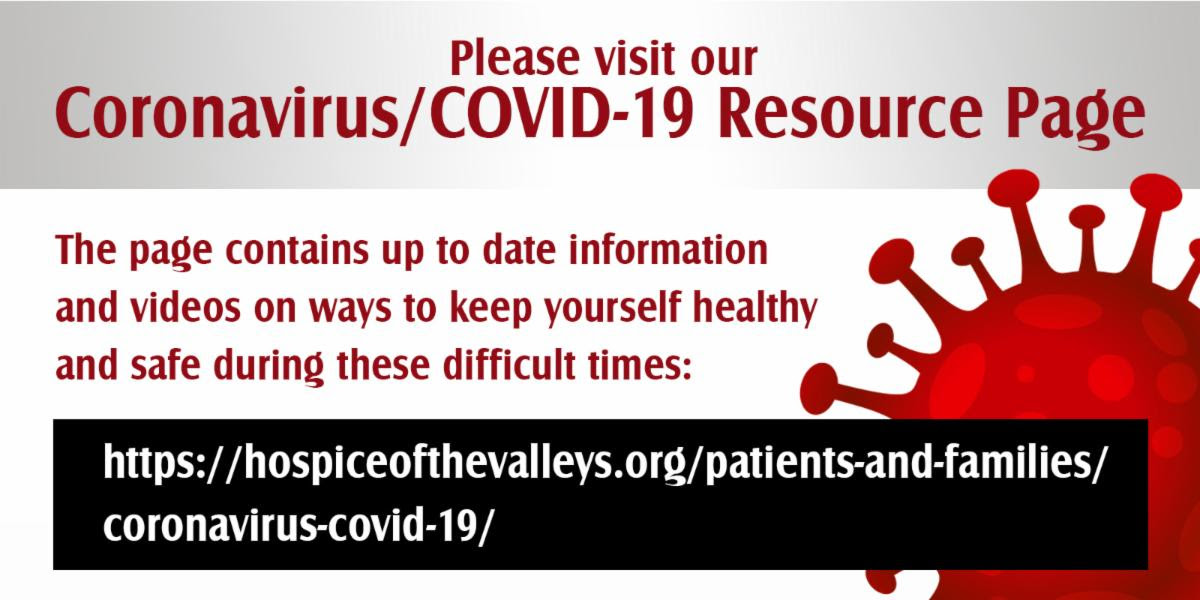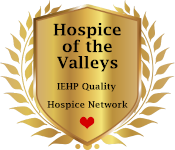According to the Family Caregiver Alliance, about 34.2 million Americans have provided unpaid care to an adult age 50 or older in the last 12 months. In most cases, these caregivers were a spouse, partner of family member who provided care to a frail elderly person who required assistance with activities of daily living and medical tasks. Although they do not receive a salary, the estimated value of services provided by informal caregivers has steadily increased over the last decade, with an estimated economic value of well over $470 billion.
Being a caregiver is quite challenging under normal circumstances as many caregivers feel guilty if they spend any time on themselves rather than focusing on the needs of their loved ones. During the Covid-19 pandemic, the need for prolonged periods of isolation and the constant fear of their loved ones contracting the virus has greatly increased the stress on caregivers. These dynamics have placed caregivers at high risk of burnout, which is a state of physical, emotional and mental exhaustion.
This extra workload acts as a "stress-test" on the caregiver and in order to avoid burnout, caregivers need to have a plan. Caregivers are often so busy caring for the needs of others, that they frequently neglects themselves. To endure the additional stress of caregiving during the pandemic and avoid burnout, it is necessary for caregivers to regularly practice selfcare. Below are several recommendations from the CDC[i] listing steps that caregivers can take to deal with the increased stress associated with the Covid-19 Pandemic:
- Eat a healthy diet, avoid using drugs and alcohol, and get plenty of sleep and regular exercise to help reduce stress and anxiety. Activities as simple as taking a walk, stretching, and deep breathing can help relieve stress.
- Establish and maintain a routine. Try to eat meals at regular times, and put yourself on a sleep schedule to ensure you get enough rest. Include a positive or fun activity in your schedule that you can look forward to each day or week. If possible, schedule exercise into your daily routine.
- Take breaks from watching, reading, or listening to news stories, including social media. Hearing about the pandemic repeatedly can be upsetting. If you want to stay up-to-date on the pandemic, visit CDC's website for the latest recommendation on what you can do to protect yourself and those you care for.
- Make time to unwind. Try to do activities you enjoy.
- Connect with others. Reach out to family and friends. Talking to someone, you trust about your concerns and feelings can help.
- Call your healthcare provider if stress gets in the way of your daily activities for several days in a row.
- Have a backup caregiver. In case you become sick with COVID-19, a backup caregiver will ensure that your loved one continues to receive care. You can focus on caring for yourself.
Healthcare workers and first responders have been hailed as "heroes" during the Covid pandemic; but I would like to recognize the true unsung heroes of the pandemic - the caregivers who have been providing the day-to-day care for the disabled and the frail elderly! If you know if someone who is serving as a caregiver, please take a few moments to give them a call or send them a letter of thanks in recognition of the amazing work they are doing.
